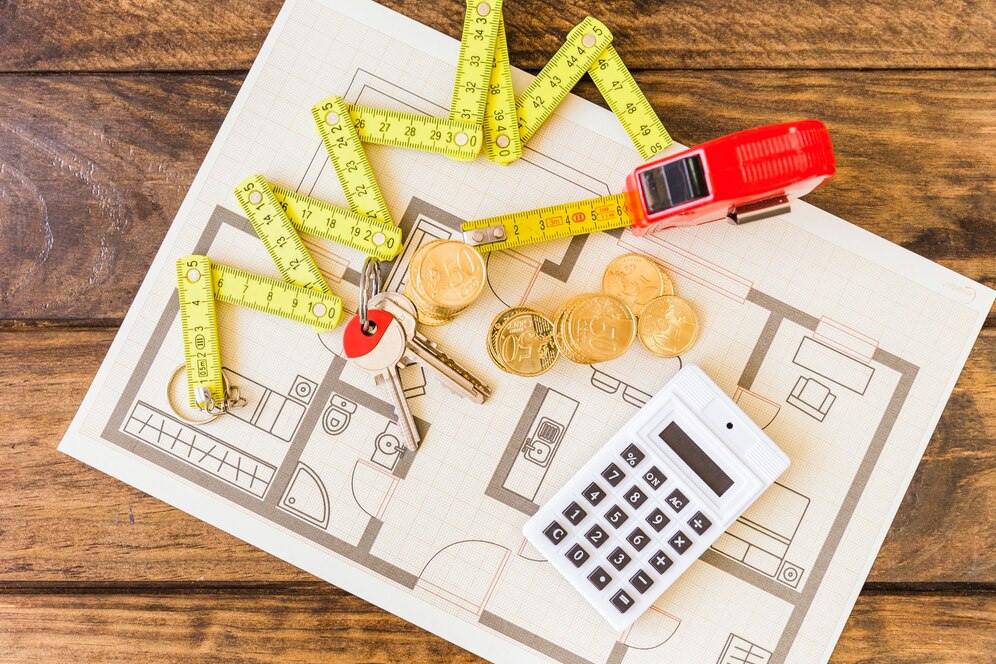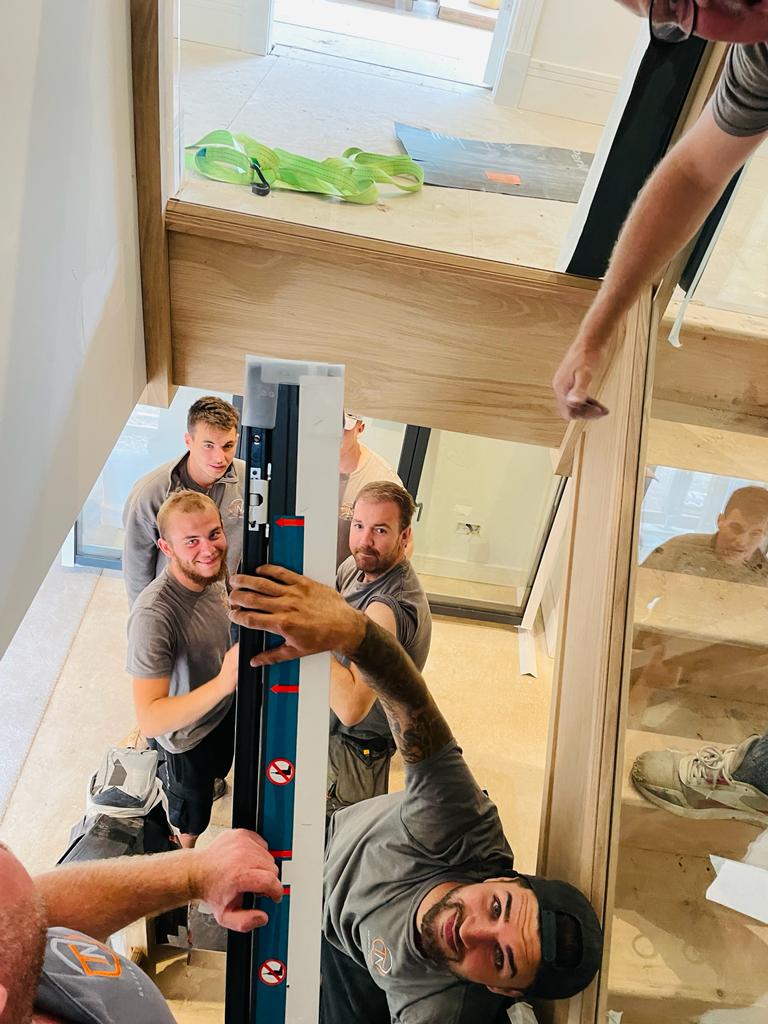A home renovation is an opportunity to transform your property and add your own touches.
Turning a house into a home means something different for everyone. And while online articles, websites, videos, and property tours can offer inspiration and ideas, at the end of the day the best way to plan your own renovation project is by first considering your lifestyle and needs, and then things like budget and logistics.
In this article, we’re not going to tell you what to do or how to improve your property. Rather, we are sharing some tips on how to conduct your renovation in the most cost effective way possible.
Balancing Budget With Quality
The best projects are approached with an eye to budget and a commitment to quality.
In some instances this may mean doing less initially, so as to keep the cost low but the quality high. After all, it is better to focus on quality than quantity, doing one part of the project at a time to ensure that every stage benefits from sufficient budget – whether that be one room at a time or focusing on the structural renovations and doing decorative aspects later.
If you don’t, you may find that the work and/or materials used are substandard, culminating in a project that does not end up being as durable as it could be if you spent a little more money on it.
1. Create a Budget and Stick to it
You may find that this is something you are more than happy to do yourself, or it might be a job for an outsource project manager.
Either way, creating a budget and sticking to it throughout your project will ensure that you can afford the work and do not end up having to halt work for a period while you recuperate funds.
It is important to note that this should not come at the detriment to some level of flexibility. There are certain aspects of a renovation project that may require more budget than others – and more budget than you originally set aside.
2. Consider the Cost of Materials and Labour
When renovating your house, there are some projects that you might decide to take on yourself to keep labour costs and service charges down.
However, elements of even these projects will require some expert intervention – which is why your budget needs to consider the cost of materials as well as any fittings and labour required.
3. Research Different Materials
Hardwood will come at a premium, as will luxury materials like marble and thick carpets.
Research will soon become your best friend when planning a home renovation, especially one that you want to complete on a budget. Why? Because it is only through research that you will identify cheaper alternatives, the best places to source and supply different materials, and how much you can save by buying in bulk.
EXTRA TIP: Plan out the materials you need for every element of your renovation before starting, so that you can assess how much of everything you need and – where possible – compact your order to benefit from bulk purchases.
4. Make Small Aesthetic Changes
Some renovations will include major structural alterations and adjustments. But for those rooms which simply need brightening up or a bit of a face lift, you may find that you don’t need to spend money on major work.
Some examples of small but beneficial aesthetic changes include:
· Painting floorboards which look scuffed or worn
· Replacing your doors / replacing the front door to give your home exterior an instant uplift
· Install a skylight in rooms which could be made lighter and brighter
· Consider creating a garden room if you want to benefit from an extra living area or work space
· Reupholster furniture rather than replacing it completely
· Switch old curtains for sleek blinds and shutters to make a room feel bigger and more open
All of these smaller changes come at a fraction of the cost of a renovation overhaul but can have a big impact on the way a home looks.
5. Don’t be Afraid to Get a Few Quotes
Not every tradesperson that you speak to expects to be hired on the spot – so don’t be afraid to ask for and collect quotes from a few individuals before committing.
If possible, find out the kinds of projects they have worked on in the past, to ascertain their experience and whether they have previously worked on a project like yours. This can give them an edge when it comes to making decisions for your project and influencing important choices. Receiving a quote should also outline what you can expect from the project and design process, including any and all extra fees and a projected timeline from the company.
A design quote from TN Design & Build, for example, will combine a high level of detail with competitive pricing – ensuring your project is completed on time and to a high standard, without hidden fees or unexpected costs.
6. Should You Manage Your Own Project
This is a point with two different arguments.
While there are unarguable benefits to project managing your own build and renovation, namely in saving the cost associated with a project manager, taking on the brunt of the work is not something to be taken lightly.
Project management requires a regular presence on site and an ability to manage and oversee all the different areas of the design and build process.
For most, bringing in an external project manager keeps the process moving – while still enabling them to keep a foot in and remain a part of the process. Having a project manager doesn’t mean your input isn’t required or welcome, it simply means that there is someone on site to manage the day-to-day for you.
Trust us when we say a project manager is, in most cases, worth the cost.
How to Manage a Renovation Budget Like a Pro

We don’t need to tell you that renovating a home is expensive – but it doesn’t have to be impossible to manage.
If you are planning a renovation, then our advice is to identify where you need support and professional expertise and assign the bulk of your budget to those areas. DIY decorating and finetuning work can be done at a more leisurely pace once the main brunt of the professional work is done – meaning that this is something you can funnel budget into when you have it.
Start with the structural aspects of your project and work out from there – adding decorative elements later down the line.
For more advice on home renovations and to kickstart your next at-home project, give the TN Design & Build team a call today.






